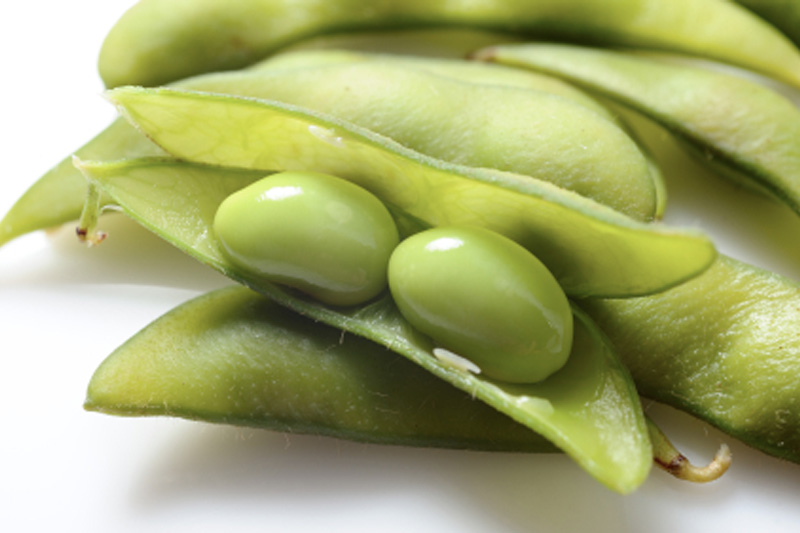Investing.com - U.S. soybean and corn futures declined on Tuesday, as optimism over crop conditions in the U.S. drove prices lower.
On the Chicago Mercantile Exchange, U.S. soybeans for November delivery slumped 0.93%, or 10.0 cents, to trade at $10.6940 a bushel during U.S. morning hours.
Prices of the oilseed hit a 45-month low of $10.5400 on Monday, before turning higher to settle at $10.7940, up 1.98%, or 21.0 cents.
The U.S. Department of Agriculture said Monday that approximately 71% of the U.S. soy crop was rated “good” to “excellent” as of August 3, unchanged from a week ago and compared to 64% a year earlier.
Meanwhile, U.S. corn for December delivery shed 0.61%, or 2.2 cents, to trade at $3.6700 a bushel. The December corn contract surged 1.93%, or 7.0 cents, on Monday to end at $3.6920.
According to the USDA, nearly 73% of the U.S. corn crop was rated “good” to “excellent” as of last week, down from 75% in the preceding week but still higher than the 64% recorded in the same week a year earlier.
Corn prices fell to a four-year low of $3.5140 on August 1 as near-ideal crop weather in the U.S. Midwest bolstered expectations for a big harvest this autumn.
Elsewhere on the CBOT, U.S. wheat for September delivery dipped 0.33%, or 1.77 cents, to trade at $5.4263 a bushel.
Prices of the grain rallied to $5.5320 a bushel on Monday, the most since July 18, before settling at $5.4400, up 1.82%, or 9.6 cents, amid growing concerns over crop conditions in Europe.
Europe is a major wheat exporter and competes with the U.S. for business on the global market. Crop losses in Europe could mean increased demand for U.S. supplies, which is the world’s third largest wheat producer and biggest exporter.
Wheat prices fell to $5.1840 a bushel on July 29, the lowest since July 2010, as harvest progress in the northern hemisphere underlined the view of ample global supplies.
The USDA said spring wheat ratings held steady at 70% good-to-excellent. The spring wheat crop was rated 68% good-to-excellent a year ago.
Corn is the biggest U.S. crop, followed by soybeans, government figures show. Wheat was fourth, behind hay.
